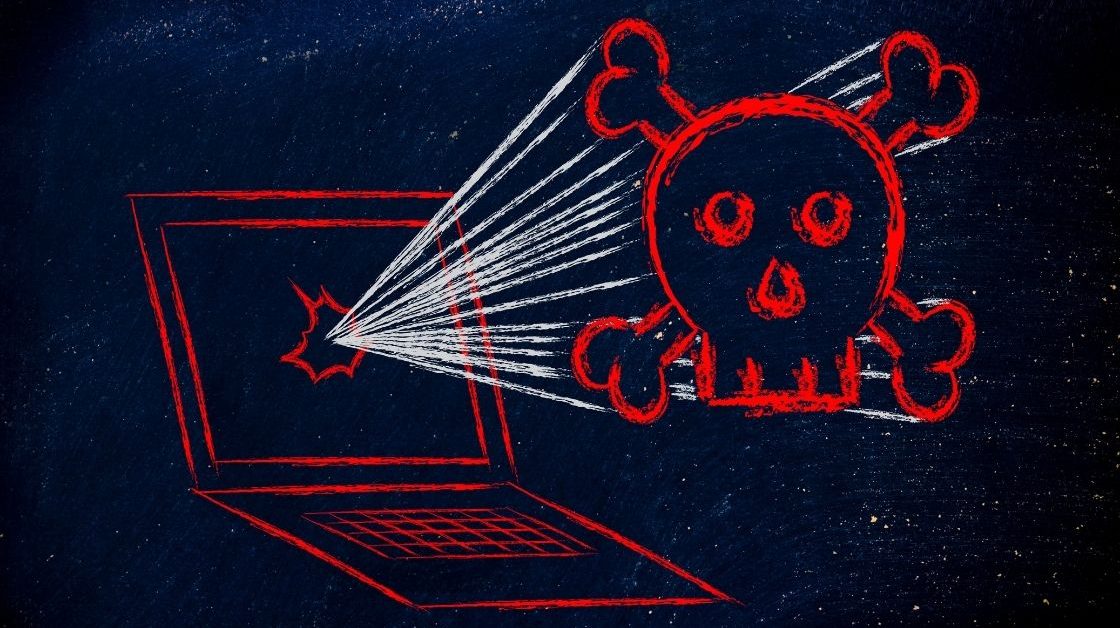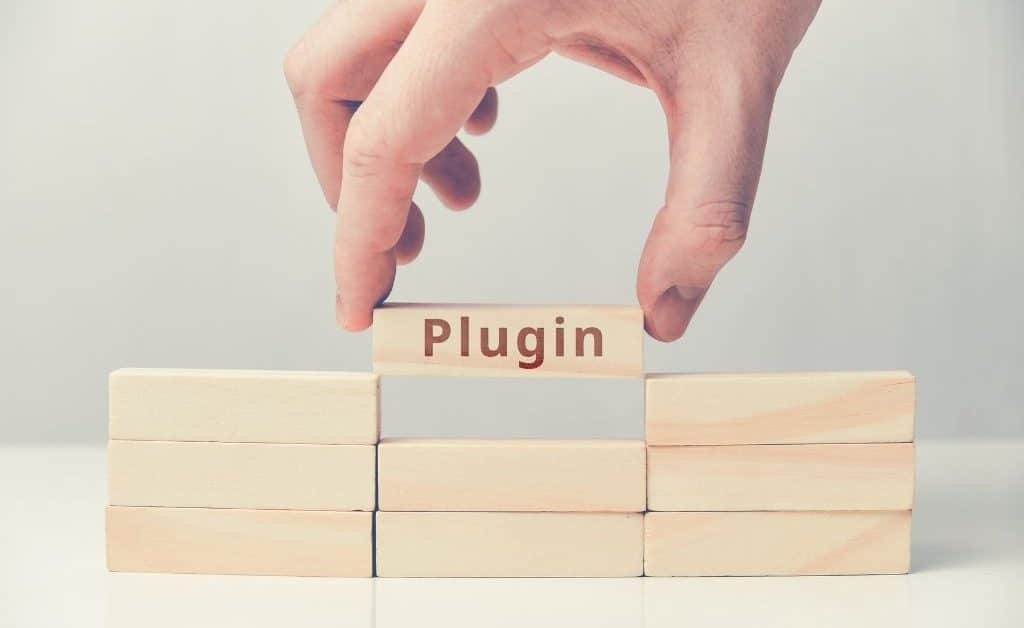Has your WordPress website become slow or unresponsive? Do your customers complain about unwanted messages appearing on the screen?
Perhaps your website has become a victim of malware problems.
WordPress is the world’s top content management software and powers over 40% of all websites. Yet, with that success comes security concerns. Three-quarters of all malware-infected sites are built on WordPress.
This article explains how to remove WordPress malware and offers WordPress security advice to keep your website safe.
Learn how to check if malware problems exist on your current WordPress hosting provider. Discover the best WordPress malware solutions and how to use them.
Read on to see how to choose the right managed hosting solution to keep your site safe and reduce monthly costs.
WordPress Security and Malware Problems
Millions of businesses use WP because it provides a powerful yet easy way to build and manage content. However, WordPress’s popularity attracts a large amount of unwanted attention from malicious coders.
Malware, or malicious software, aims to disrupt, damage, or gain unauthorized access to your website.
How Does Malware Affect Your Website?
The main reason for most malware attacks is to steal sensitive information.
Customer details and payment information sell on the dark web at a premium price. Online identity fraud rates increase yearly due to this issue alone.
They want the challenge of ‘beating the system’ and want to spread chaos. That harms your sales and reputation as Google Search rankings drop due to WordPress security issues.
Hackers also want to take control of your website to mine cryptocurrencies and send spam emails. The question is how do you stop them?
WordPress 101
Non-technical users aiming to keep their WP websites secure need to be aware of how WordPress works.
There are five main components of every WordPress website:
- WordPress core files
- WordPress themes
- Plugins including third-party scripts
- MySQL database
- Uploaded files
Core files are like the engine, wheels, and frame of your car. A theme is like the paint finish and the furnishings that provide a smooth drive. Plugins act as the extras like a sound system.
The database holds all of the information about your site including page content and customer details. Images, videos, and other files get stored in the uploads folder.
Malware attacks one or more of these areas to gain access to your website. But how do you know if your site suffers from malware problems, to begin with?
How to Scan for WordPress Malware Problems
WordPress hosting companies like Reggio Digital assess whether sites on our servers are victims of malware. But what if you aren’t a customer?
Premium tools like Malcare scan your entire website for signs of malware infection.
Costs range from $99-299 per year. That doesn’t include all of the constant updates WordPress requires to keep itself safe from further attacks.
If you do discover you’re a victim of a WordPress malware attack how do you remove the threat?
How to Remove WordPress Malware
Below are 6 malware solutions to help remove unwelcome code and ensure that your site remains secure.
Some are simple to perform if you have some web hosting knowledge. Others require more technical expertise. If in doubt, please speak to a professional, like our support team.
1. Backup Your WordPress Site
Before you try to remove the problem make a backup of your existing site. If anything were to go wrong at least you have a copy.
The best WordPress hosting providers offer this facility in their control panel. Simply download the backup to your computer and store the file safely.
Ensure that your site includes daily backups as part of your monthly costs.
2. Premium Solutions for Malware Removal
Several companies specialize in WordPress malware removal including Sucuri, WordFence, and MalCare.
Expect to pay top-dollar, though. Sucuri’s basic service begins at $299.99 per year for SMBs. Unfortunately, there is no option for a one-off removal.
3. Update Plugins
WordPress has become popular in large part due to third-party plugins.
These enhance the platform, enabling you to sell online using WooCommerce. You can manage newsletter subscriptions from your dashboard. Or use Google Captcha technology to fight spam.
The downside is that some plugins are riddled with security holes. Not all developers follow security guidelines and as a result act as an open door for hackers to walk through.
Updating plugins helps to remove these holes so be sure to update to the latest version as soon as they become available.
4. Update Core WordPress
WordPress.com publishes updates to its core files and database structure several times per year. You can activate this update using the Admin control panel and it can help remove malicious code.
But be warned. WordPress strongly advises you to backup your site before upgrading.
5. Restrict Access to WP Admin
Once the malware gets removed it’s time to change your passwords and restrict access to WP Admin. Follow these steps:
- Login to WP Admin using your admin account details
- Click on the Users link on the side of the screen
- Find your admin user accounts and edit each one
- Scroll to Account Management
- Click on Set New Password
Enter a new password then click the Update Profile button. WordPress will save the new password for the account.
Just be sure to let all users know of their new passwords.
6. Use Managed WordPress Hosting
Managed WordPress hosting services help to tackle all of the WordPress troubleshooting areas. They do this by performing updates on a continual basis.
This removes the problem of manual updates which often become lost in the shuffle of daily business life. Our team at Reggio Digital also scans for threats and stops them before they have a chance to do any damage.
WordPress Malware Help With Reggio Digital
Although we’ve touched on how to remove WordPress malware, this article only scratches the surface.
New threats get discovered daily hence the need to update plugins, themes, and core files. Old versions remain susceptible to malware problems.
Reggio Digital helps to keep your site malware-free via our managed WordPress hosting solutions.
For a low monthly fee, we not only host your website on our ultra-fast servers but you also receive unlimited support. We include monitoring to detect threats and update everything on your behalf.
Contact us today to take advantage of our free site migrations.



